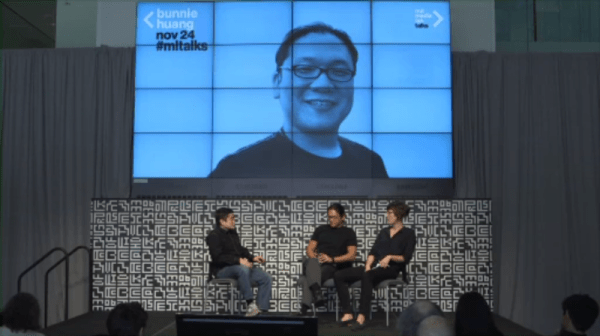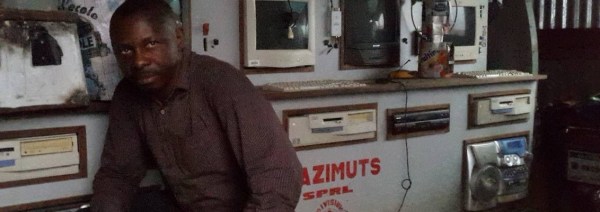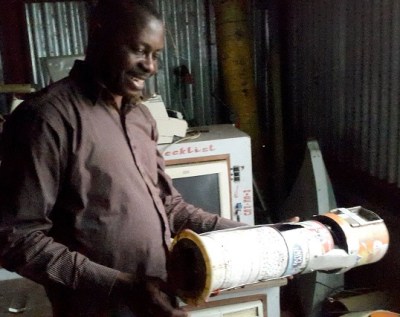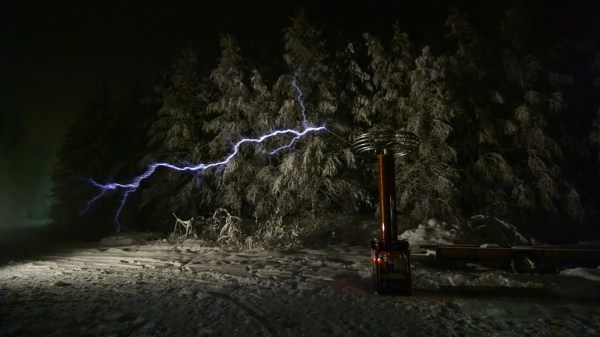High voltage is not something we usually tinker with at home. In fact, most of us are more comfortable working with non-lethal, low current, low voltage DC signals. When we do venture into the world of high voltage, we prefer to do it vicariously thru someone with more safety training and/or experience.
[Mike] shows us the inner workings of a 240VAC circuit breaker and explains how the different safety features in the device work. In proper MikesElectricStuff form, [Mike] finds out what it takes to destroy the device. Or in this case multiple devices, [Mike] uses his “Destruct-o-tron” to create catastrophic failure in more than one breaker. You can check out the video embedded after the break to learn a bit about how a circuit breaker works, and of course witness the carnage.
Continue reading “Inside A Circuit Breaker With MikesElectricStuff”





 elusive zero gravity environment. [Mr. Keka’s] ‘Mission Control’ is a corrugated metal shed lined with CRT monitors and dated computers, but don’t let this fool you. His vision and drive are just as great as any space faring nation.
elusive zero gravity environment. [Mr. Keka’s] ‘Mission Control’ is a corrugated metal shed lined with CRT monitors and dated computers, but don’t let this fool you. His vision and drive are just as great as any space faring nation.













